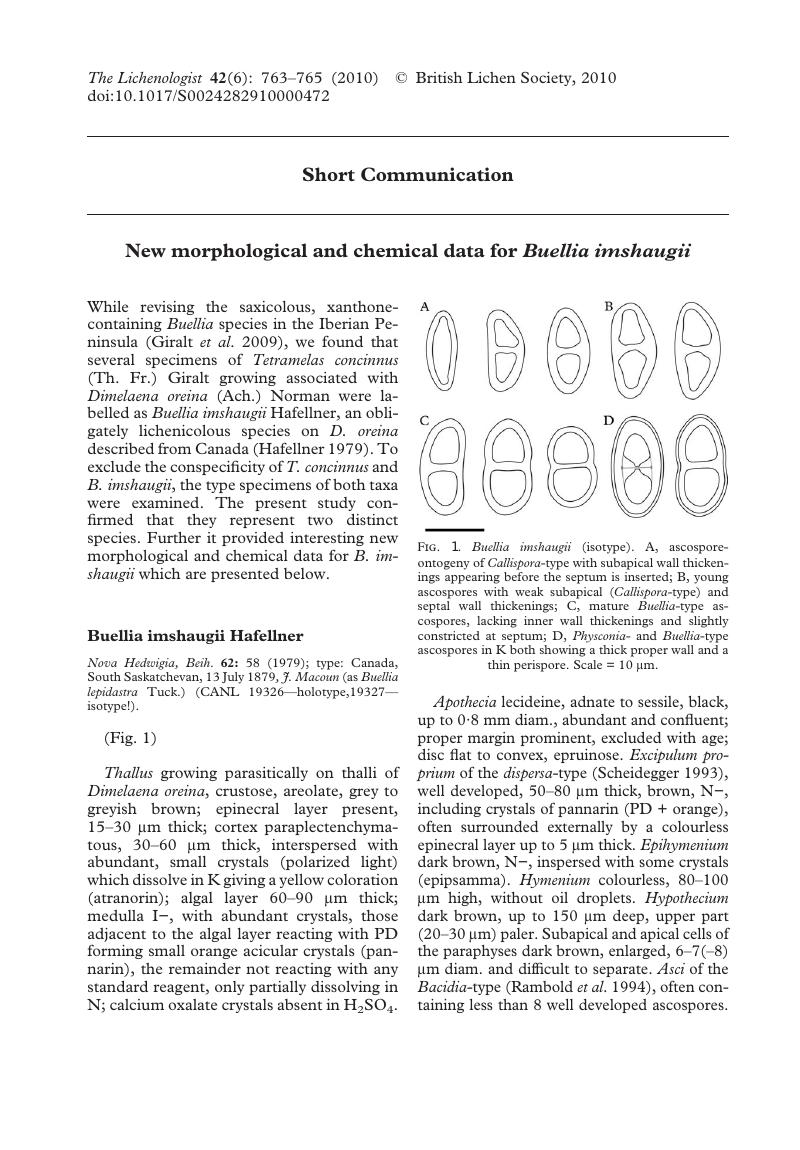Crossref Citations
This article has been cited by the following publications. This list is generated based on data provided by Crossref.
Egan, Robert S.
2011.
Recent literature on lichens—221.
The Bryologist,
Vol. 114,
Issue. 2,
p.
408.
Nguyen, Van-Kieu
Genta-Jouve, Grégory
Duong, Thuc-Huy
Beniddir, Mehdi A.
Gallard, Jean-François
Ferron, Solenn
Boustie, Joël
Mouray, Elisabeth
Grellier, Philippe
Chavasiri, Warinthorn
and
Le Pogam, Pierre
2020.
Eumitrins C-E: Structurally diverse xanthone dimers from the vietnamese lichen Usnea baileyi.
Fitoterapia,
Vol. 141,
Issue. ,
p.
104449.
Nguyen, Van-Kieu
Nguyen-Si, Hoai-Vu
Devi, Asshaima Paramita
Poonsukkho, Pakarapon
Sangvichien, Ek
Tran, Thanh-Nha
Yusuke, Hioki
Mitsunaga, Tohru
and
Chavasiri, Warinthorn
2023.
Eumitrins F-H: three new xanthone dimers from the lichen Usnea baileyi and their biological activities.
Natural Product Research,
Vol. 37,
Issue. 9,
p.
1480.
Nguyen, Van-Kieu
Dong, Phan-Si-Nguyen
Nguyen-Si, Hoai-Vu
Sangvichien, Ek
Tran, Thanh-Nha
Hoang, Le-Thuy-Thuy-Trang
Dao, Minh-Trung
Hai-Nguyen
Phan, Hoang-Vinh-Truong
Yusuke, Hioki
Mitsunaga, Tohru
and
Chavasiri, Warinthorn
2023.
Eumitrins I–K: three new xanthone dimers from the lichen Usnea baileyi.
Journal of Natural Medicines,
Vol. 77,
Issue. 2,
p.
403.



